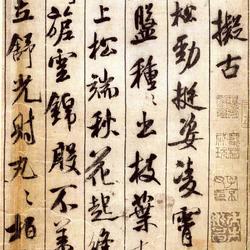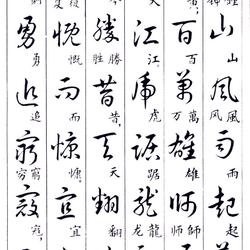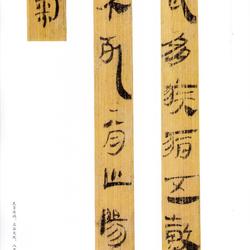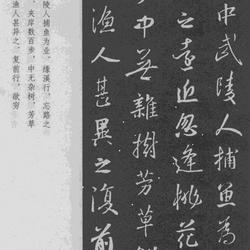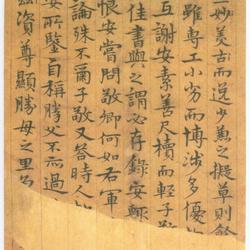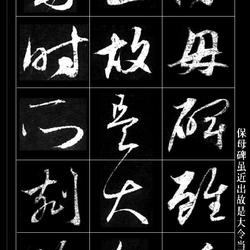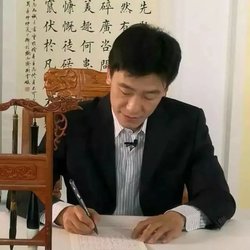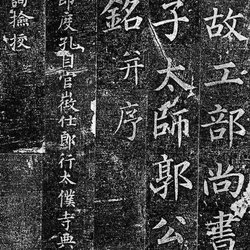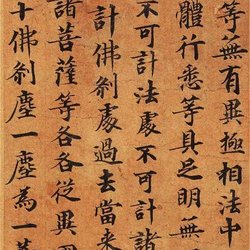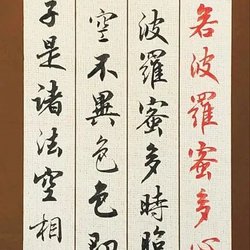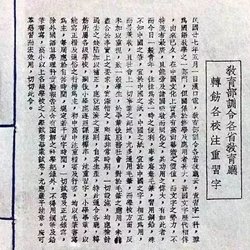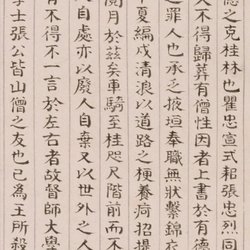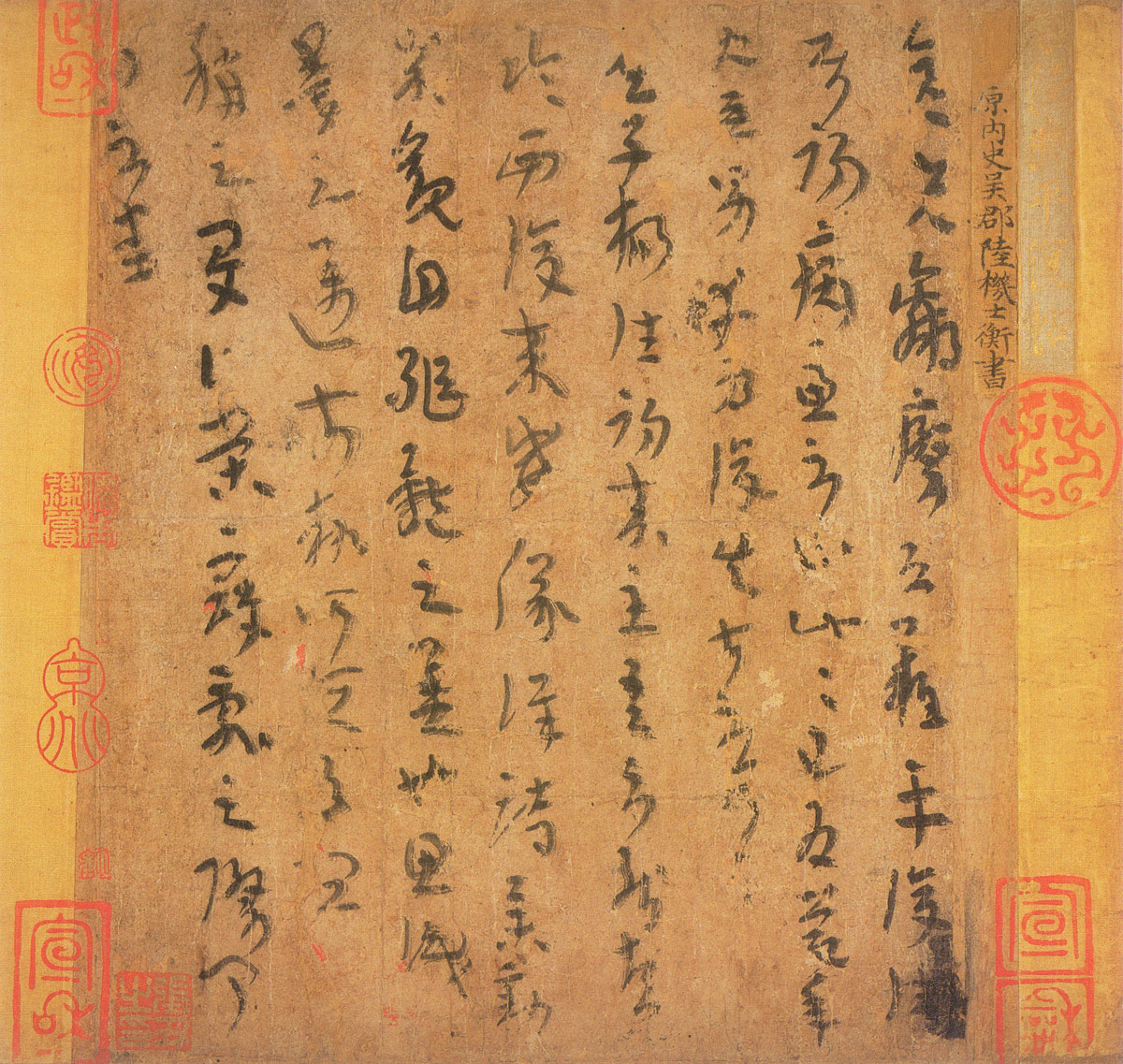
"Pingfu Tie", Jin Dynasty, Lu Jishu, paper, hand scroll, length 23.8cm, width 20.5cm.
9 lines of cursive script with 84 characters (one version says 82 characters), stored in the Palace Museum.
【Explanation】
"Yan Xian suffered from illness, and I'm afraid it will be difficult to recover. It was his first illness, and I am worried that it will not stop here. This is a celebration. I am only a man. Fortunately, I have lost my former worries. Wu Ziyang came to the Lord for the first time, and I can't do it. Lin. When he comes back from the west, his majesty is detailed. His movements are impressive, which is reflected in the beauty of his body. His thoughts and knowledge are forward, and his momentum is always there, so it is appropriate to call him. When Xia Borong was in chaos, he didn't know what he heard or asked."
The content of "Pingfu Tie" involves three characters. He Xun, named Yanxian, is a friend of Lu Ji. He is sick and difficult to recover from. Lu Ji said that he was happy that he could maintain the status quo, and he had a son to serve him, so he had no worries. Wu Ziyang had been to the Lu family before, but he was not taken seriously. Now that he is about to go west and meet again, his majestic behavior has a different kind of majestic beauty than before. Finally, when it comes to Xia Borong, there is no news about him due to the bandits' obstruction.
"Pingfu Tie" was written more than 1,700 years ago. It is the oldest and authentic extant Tie of famous Western Jin Dynasty masters. It is written on hemp paper with a bald pen. The writing is gentle and the style is plain and simple. The font is cursive script. "Pingfu Tie" occupies an important position in the history of Chinese calligraphy, and is of reference value for studying the changes in characters and calligraphy.
According to the endpapers of Dong Qichang, Pu Wei, Fu Zengxiang, and Zhao Chunian, we can know the collection status of "Pingfu Tie" through the ages. This post entered the Xuanhe inner palace in the Song Dynasty, belonged to Han Shineng, Han Fengxi and his son during the Wanli period of the Ming Dynasty, and then belonged to Zhang Chou. In the early Qing Dynasty, it was handed over to the Qianlong Palace through the hands of Ge Junchang, Wang Ji, Feng Quan, Liang Qingbiao, An Qi and others, and then given to the emperor's eleventh son, Prince Yongxuan. During the Guangxu period, it was owned by Prince Gong Yixin and inherited by his grandsons Puwei and Puru. Later Puru put this post up for sale in order to raise funds for his funeral. After Fu Zengxiang's mediation, Zhang Boju finally purchased it for a huge sum of money. The Zhang couple donated "Pingfu Tie" to the country in 1956.
Lu Ji——Character profile:
Lu Ji (261-303), whose courtesy name was Shiheng, was a native of Huating, Wuxian County (now Songjiang District, Shanghai). His ancestor Lu Xun and his father Lu Kang were both famous generals in Soochow. After the death of Wu, he entered the Jin Dynasty and became an official in Pingyuan Neishi and a former general. Later he was killed by Sima Ying. He is the author of the famous "Wen Fu" as "a man of rare talent and unrivaled writing." His calligraphy has a certain status in the calligraphy world, and Wang Sengqian, Yu Jianwu and others have written about it. "Pingfu Tie" is the earliest surviving calligraphy handed down from generation to generation. The content is a letter written to a friend, which is the earliest among the literati. It contains the words "I fear it will be difficult to recover from the illness", hence the name. The calligraphy is Zhangcao, but there are no pick waves. It is similar in style and paragraphs to Wei Guan's "Dunshouzhou Mintie" collected in "Chunhua Pavilion". It was probably a practical calligraphy style that was popular at the time.
Wang Sengqian once said that Lu Ji's calligraphy is "Wu Shi's calligraphy, and there is no way to correct it". Li Sizhen said: "Lu Pingyuan and Mrs. Li still have ancient styles." Probably the calligraphy of Wu State at that time was relatively conservative and had a bit of a local style, which was quite special among the calligraphy at that time. The writing in this post is indeed a bit strange and difficult to read, but it is not an accident. This book is written with a bald pen. The brushwork is simple and strong, and the strokes are coiled and curved. The structure is dense and natural, full of natural interest. It is very prominent among the ink marks of the same period and its predecessors that are now seen. Therefore, Mr. Qi Gong, a modern man, once said in a poem: "In the past ten years, the quicksand slips have been everywhere in the school, and the "Ping Fu" has never been signed by Emperor Mo."
"Pingfu Tie" has 9 lines and 84 characters in total. It is a typical calligraphy in the evolution of cursive script. It shows a strong style of official script, but it is not as clear-cut as official script. The font is between Zhangcao and Jincao. Looking closely at this post, the calligraphy style is ancient and clumsy, strong and simple. Although the words are not connected, they are eloquent and pleasing to the eye. "Pingfu Tie" is a bit ancient and unrecognizable from its words to its cursive writing. The brush used is a bare pen and dry ink, which is like the "long live withered vine" flavor that some calligraphers and painters pursue. It is very different from the sweet customs, and the unique appearance of the bare pen and dry edge can be seen.
"Pingfu Tie" is on paper, 23.8 cm in length and 20.5 cm in width. At first glance, the calligraphy strokes of this post are mostly round and round, with vertical and horizontal strokes often coming out diagonally; the fonts are high on the left and low on the right, with neither a silkworm head or a phoenix tail nor a silver hook and a tail. However, the whole text is scattered in form but not in spirit. The strokes can be turned freely, with the wave-like brushwork of official script; the lines are short and plump, and the strokes are concise and simple. The characters are not as continuous as Jincao, but they are not completely independent. The brushwork is closely connected and echoes from top to bottom. This work combines the characteristics of Zhangcao and Jincao fonts. The structure is natural and relaxed, and it has a simple, strong, elegant and natural style. It is probably the regional calligraphy style in the Wu Kingdom at that time. It has a special status in the history of the development of Chinese characters. These All fully reflect the author's profound calligraphy artistic accomplishment.

